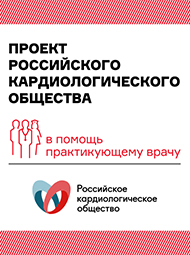Anemia may predict poor outcomes after TAVR
The presence of anemia and lower hemoglobin levels was predictive of poor functional status in patients with aortic stenosis before and after transcatheter aortic valve replacement.
The study included 438 patients (mean age, 79 years) who underwent TAVR. Before the procedure, 64.4% of patients had anemia, which was classified as a hemoglobin level less than 13 g/dL in men and less than 12 g/dL in women. At baseline, the mean hemoglobin level was 10.8 g/dL for patients with anemia vs. 13.4 g/dL for patients without anemia. Researchers detected a potentially treatable cause of anemia in 90.4% of those patients. Fifty-three percent of the patients had iron deficiency.
According to the results, anemia was an independent predictor of poor performance in the 6-minute walk test and was associated with lower scores on the Duke Activity Status Index and the lower overall, clinical summary and social limitation scores on the Kansas City Cardiomyopathy Questionnaire (P< .05 for all). The researchers also reported an independent association between lower hemoglobin level and HF class (P < .001). Patients with lower hemoglobin were more likely to have NYHA HF class II to IV. Lower hemoglobin also was associated with poorer results on all functional test outcomes (P < .02).
At the 6-month follow-up after TAVR, 62% of patients had anemia. These patients continued to have poorer performance in the 6-minute walk test (P = .023). Lower hemoglobin after TAVR also was an independent predictor of higher NYHA HF class (P = .2) and was associated with poorer performance in the 6-minute walk test (P = .004) and lower scores on the Duke Activity Status Index (P = .011).
Patients with anemia were more likely to receive transfusions (39.7% vs. 20%; P < .001) and require a higher number of red cell packets (3.4 vs. 2.4; P < .001) compared with patients without anemia. The researchers found an independent association between need for blood transfusion and higher risk for 30-day acute kidney injury (OR = 2.46; 95% CI, 1.31-4.63), 30-day mortality (OR = 3.98; 95% CI, 1.51-10.47) and cumulative mortality at 6 months (HR = 1.88; 95% CI, 1.03-3.45).
“These results highlight the importance of implementing appropriate measures for the diagnosis and treatment of this frequent comorbidity to improve both the accuracy of preprocedural evaluation and outcomes of TAVR candidates,” the researchers concluded. – by Rob Volansky
Source: www.healio.com






